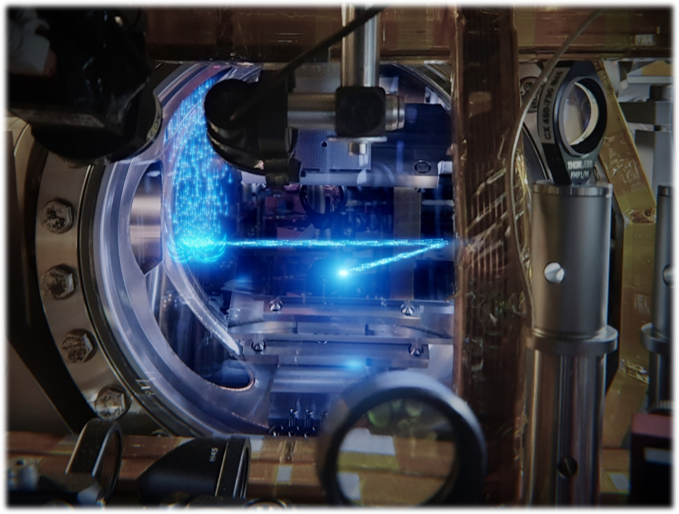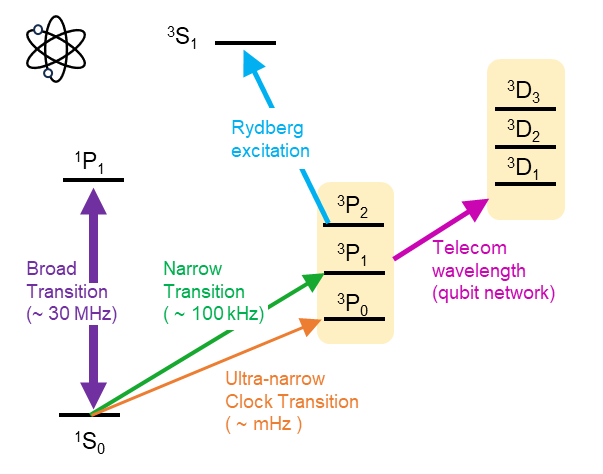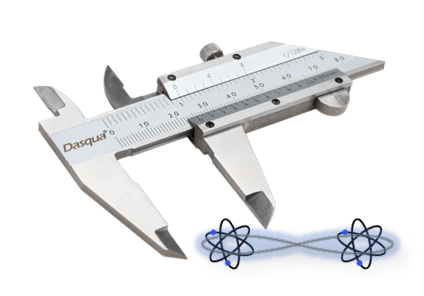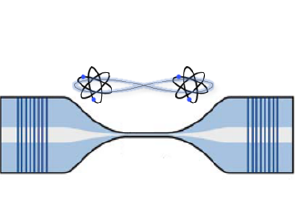Motivation
The advent of optical atomic clocks with fractional frequency uncertainties below 10–18 has revolutionized frequency metrology — accumulating 1 sec error over a time span of the age of the universe. It simultaneously opened new avenues in quantum sensing and quantum information science. Among the leading platforms pushing this frontier are alkaline-earth(-like) (AEL) atoms, such as strontium and ytterbium. Their two-electron valence structure gives rise to a uniquely rich spectrum of optical transitions, ranging from broad, MHz-level lines to ultranarrow mHz clock transitions (see figure). This spectrum allows for unprecedented control over atomic states — both internal and motional.
Crucially, the long-lived metastable states that underpin the ultranarrow clock transitions have not only enabled the most stable clocks to date, but also revealed a multidimensional qubit space, enabling rich qubit manipulation possibilities, spanning across ground state nuclear spin qubits, optical qubits, metastable hyperfine spin states, and metastable nuclear spin states. These features make AEL atoms exceptional candidates for next-generation quantum technologies that unify precision metrology, quantum simulation, and scalable quantum computing.

The first continuous Bose-Einstein Condensate [Nature (2022)].

Energy level diagram highlighting optical transitions used in AEL atoms.
In 2022, the two PIs of our group (during their PhD) published the world’s first matter-wave analog of a continuous laser — a true continuous-wave (CW) atom laser — by developing new techniques to maintain a high-flux, near-quantum-degenerate source of alkaline-earth-like (AEL) atoms (Sr). This achievement marked a major milestone in continuous ultracold atom generation and opened up a new experimental paradigm.
Naturally, a compelling question arises: how does this continuous source architecture reshape the landscape of quantum technology?
This motivates a series of key investigations:
- Can we advance atomic clocks by replacing pulsed operation with continuous interrogation of optical qubits, potentially enabling τ–1 scaling in stability or realizing a continuous superradiace on a mHz clock transition?
- Can we link neutral atom processing nodes, forming a Quantum networks?
- Can the ultranarrow clock transitions be harnessed not just for spectroscopy, but also as precision tools to engineer entangled and many-body quantum states?
- Can we build a continuous / scalable quantum processor using long-lived metastable states — and if so, how do we initialize, operate, and maintain such a system with high fidelity over time?
These are the guiding questions that shape our ongoing work. Our goal is to develop the core control tools and system architectures needed to turn continuous AEL sources into the backbone of future quantum sensors, simulators, and computing platforms.

